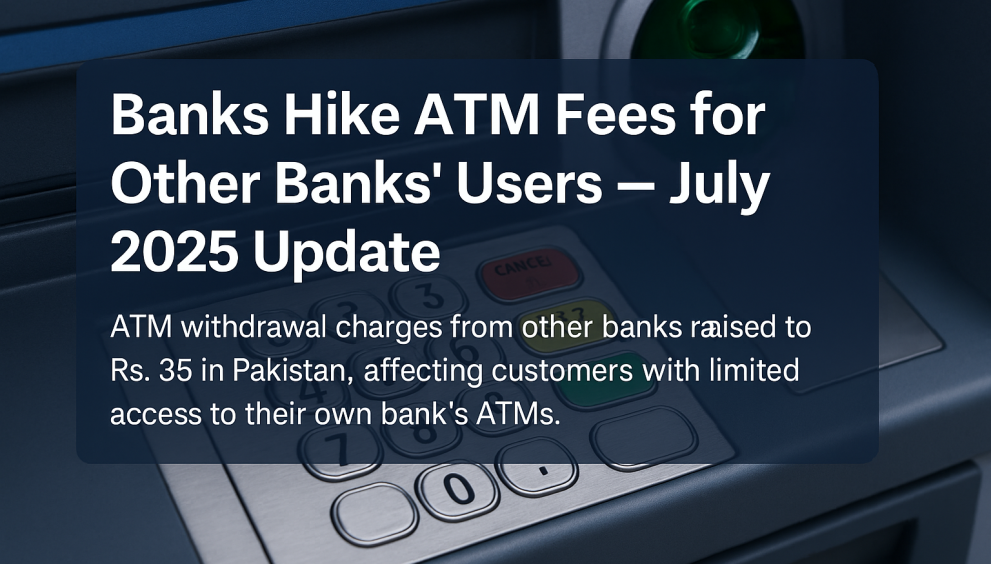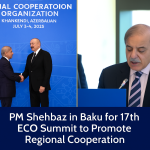Starting July 2025, ATM withdrawal charges from machines of other banks have been increased to Rs. 35 per transaction, up from the previous Rs. 23.44. This move, implemented across several banks including Meezan Bank and MCB Islamic Bank, has sparked discontent among users who regularly rely on interbank ATM transactions.
Why the Charges Have Increased
According to the revised schedule of charges, the new Rs. 35 fee applies only when a customer uses an ATM that does not belong to their own bank. While customers can still withdraw cash from their bank’s own ATMs for free or at a lower cost, the updated interbank rate will affect millions of users nationwide including rural regions or areas with fewer ATM options.
The structure of the fee distribution is also noteworthy. A major portion of this Rs. 35 goes directly to the bank that owns the ATM. Meanwhile, a smaller cut is paid to the 1LINK ATM network, which facilitates these interbank withdrawals across Pakistan.
Bank representatives claim that this price hike is necessary to cover rising operational expenses, system upgrades, and ATM maintenance. However, for the average consumer, this explanation doesn’t ease the financial burden.
Impact on Customers
The decision to raise ATM withdrawal charges has not been well received, particularly among users who frequently withdraw small amounts. The cumulative effect of multiple transactions could result in monthly losses of hundreds of rupees for many account holders.
In urban areas, people may have access to a variety of ATMs, but that isn’t the case in less-developed regions, where a customer might only find an ATM from a different bank. This effectively penalizes rural populations and small towns where banking infrastructure is already limited.
Additionally, this development comes at a time when inflation and rising living costs are severely affecting households. The move is seen as tone-deaf, with critics accusing banks of prioritizing profits over people.
Many users on social media have criticized the change, stating that access to one’s own money should not be taxed so heavily. Some have even begun exploring mobile banking solutions and digital wallets as alternatives to avoid such charges altogether.
Why This News Matters
This increase in interbank ATM fees highlights a larger issue in the Pakistani banking system: convenience is becoming costly. With more banks investing in digital solutions, the reliance on ATMs may decline over time—but until then, this fee hike will hurt customers who depend on cash withdrawals.
Furthermore, the lack of transparency around how these charges are calculated and implemented raises concerns about consumer rights and banking fairness. There is also little public data available on how much revenue banks generate from interbank ATM transactions.
What Can Customers Do Now?
In response to this change, customers are advised to:
- Plan their withdrawals more strategically to minimize interbank usage.
- Use mobile apps to locate the nearest ATM from their own bank.
- Consider digital payment methods where possible to avoid ATM visits altogether.
If pressure continues to mount, there’s a possibility that the State Bank of Pakistan or consumer protection bodies may intervene to reassess the policy.
Until then, customers will need to adjust their banking habits to avoid accumulating extra costs through interbank ATM fees—another financial pinch in an already tight economy.







